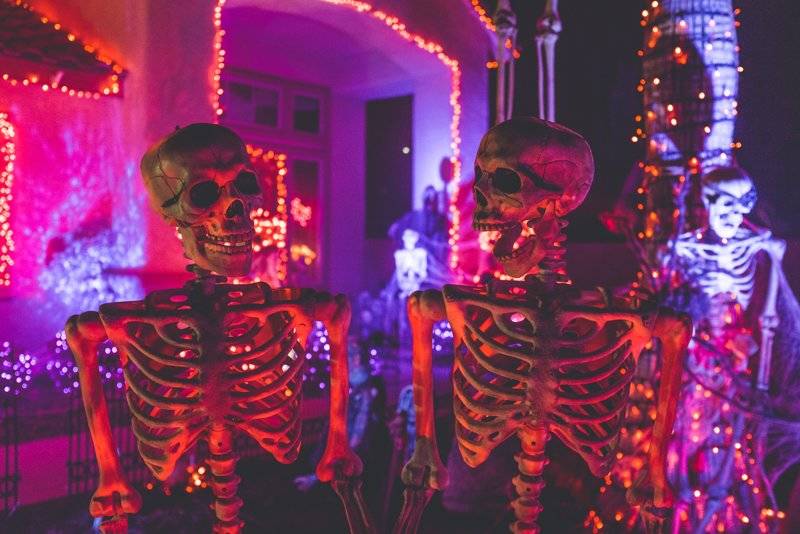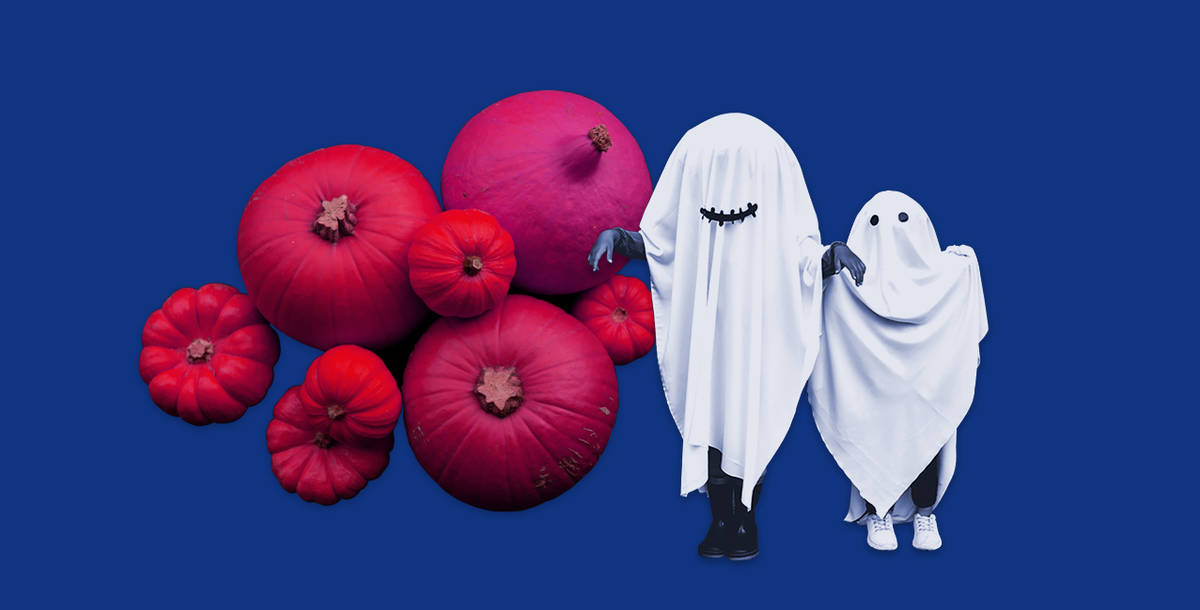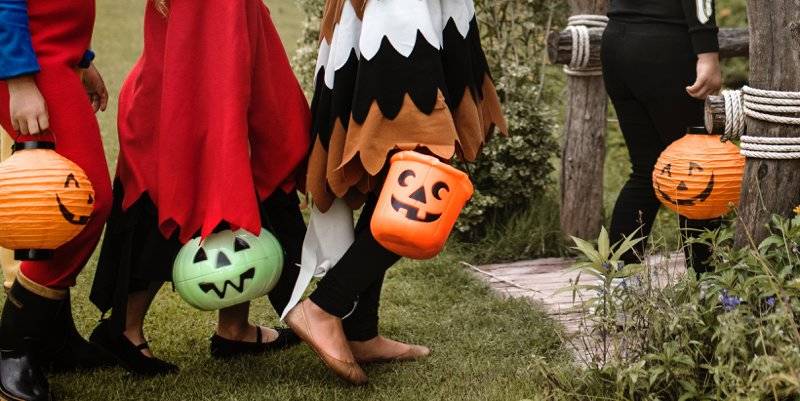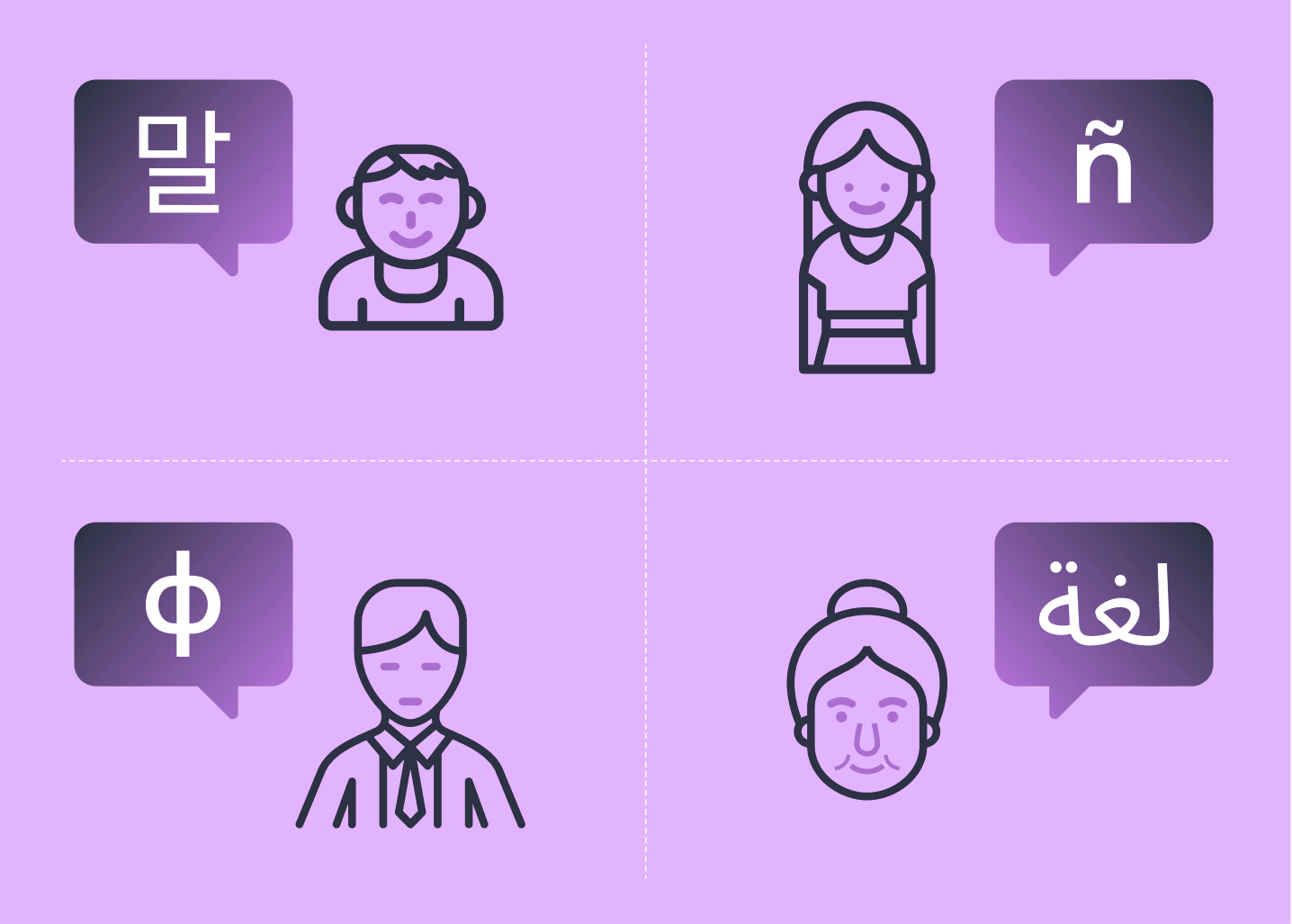After Christmas, Halloween is the next holiday on which Americans spend the most, with a total of around $9.1 billion in 2017. Unlike other Western holidays, Halloween is celebrated mainly in the US and Canada.
As with most holidays, however, Halloween is celebrated because of traditions spanning centuries. Let’s take a look at the various Halloween traditions and where they originally came from.
What is Halloween ?
Halloween is a US and Canadian holiday that is always celebrated on October 31, the last day of October. Halloween is not a bank holiday; instead, people celebrate Halloween in the evening, and sometimes you can find parties on the weekends before and after Halloween if it lands on a weekday.
The History of Halloween
Halloween originally comes from the Celtic pagan holiday known as Samhain, which marked the start of winter. This is the time of year when pagans believed that the veil between the living and the spirit world was at its thinnest - the time that the dead could visit the earth and druids (Celtic priests) could foresee the future.
After Christianity took hold in Europe, Pope Gregory III moved and expanded All Martyr’s Day to include saints, and had it end on November 1.
In 1000 AD the Church made November 2 All Souls’ Day, and copied traditions from Samhain, most likely in an attempt to replace the Celtic holiday. This holiday was known as All Saints’ Day, All Hallows Day, or All-Hallowmas (from the Middle English Alholowmesse meaning All Saints’ Day). This day was celebrated with bonfires, costumes, and parades.
The evening before All-Hallowmas was known as All-Hallows Eve and fell on the traditional ancient Celtic night of Samhain. This is the origin of Halloween.
Read more about the history of Halloween at History.com
How Halloween is Celebrated
What would a typical Halloween night look like in the United States and Canada today? On this night, when it is dark, children dress up in costumes and go trick-or-treating around their neighborhood. Adults have Halloween parties. Candy is given out (and eaten). Jack-o’-lanterns are lit. And, most likely, somebody is left a little scared.
Trick-or-treating
Trick-or-treating only happens on Halloween evening. This is when children go door to door, ring the doorbell, and when the person answers they say, “Trick or treat!” The person then gives the children candy (and usually admires the children’s costumes).
One-quarter of all US candy purchased in one year is purchased for Halloween!
As the tradition goes, if the children don’t get candy, they will give the person answering the door a trick instead. This is where “trick or treat” comes from. Although tricks are generally no longer done, people can safely opt out of participating in Halloween by keeping all of the front lights of their house off.
Sometimes, parents will drive their children to a better trick-or-treating neighborhood. Either the houses are easier or safer to get to, are easier to walk to, or are wealthy and have large amounts of candy to give away.
The tradition of trick-or-treating most likely originates from England, when during the All Souls’ Day parade, the poor would beg for food and families would bake them “soul cakes”. This was later encouraged even more by the Church, in hopes of replacing the practice of leaving wine and food out for spirits. Eventually, children would go house to house and receive ale, soul cakes, and money.
Halloween Costumes
Halloween costumes come in all shapes and sizes, and are available for both children and adults. You can also purchase costumes for babies or even your pet!
Costumes don’t necessarily have to be scary. While Halloween is generally known as a spooky holiday, costumes nowadays can be anything, and the more creative the better.
Sometimes, romantic couples or families will all dress up in a similar theme or matching costume, though this only works if you are all going to the same party or going trick-or-treating together.
Halloween costumes came from different roots. During All Souls’ Day, when children would ask for soul cakes, they would originally dress up as martyrs and saints.
From All Hallows Eve, people would wear masks because they believed it would trick spirits roaming the earth that night, and it is said that scary costumes came about when Irish and Scottish immigrants came over to America and started the practice of scaring people during Halloween.
Halloween Parties

Since the 1800s adults have been celebrating Halloween by putting together Halloween parties. They decorate the house in scary decor, both outside and inside. Friends are invited over (as long as they dress up in costume), and they usually listen to spooky music, admire the children who are trick-or-treating, or watch horror movies.
You can also find traditional Halloween games, like bobbing for apples, fortune-telling or Ouija boards at a Halloween party, all of which have deep roots in Halloween history.
Bobbing for apples is actually a Roman tradition from the holiday Pomona, which was probably adopted into the Celtic tradition when Rome invaded Britain. This holiday also landed on November 1.
Apples have been associated with fertility and fortunte-telling in many traditions, and this game is no different. It was originally used to foretell a woman’s future husband.
Remember that the tradition of fortune-telling during this time goes all the way back to the Celtic druid priests.
The Ouija board is a relatively new pantry game, which came along in 1981 and quickly became used as a way to talk to the dead.
If you want to get an idea of what type of Halloween costumes or decorations you would see trick-or-treating or at a Halloween party, the Spirit Halloween Store is a great example; check out their video here.
These stores pop up all over North America in empty warehouses three months before Halloween. This is a perfect one-stop shop for everything you may think of when it comes to Halloween (though candy is usually purchased at a grocery store).
Halloween at Schools
Generally, at elementary schools, Halloween is celebrated throughout the day. Children have a decorated classroom and show up to school dressed in their Halloween costumes. In the middle of the day the whole school will get together and have a Halloween parade. Generally, parents that are available will come out and watch the parade.
After the school day is over, children will go home, have dinner, and prepare to go trick-or-treating as soon as the sun goes down.
Carving Jack-o’-lanterns 🎃
A few days before Halloween, families and individuals purchase pumpkins, which are sold in supermarkets everywhere during the Halloween season, along with pumpkin carving kits.
Children and adults usually participate in pumpkin carving, with some of the adults’ carvings becoming works of art.
First, you must hollow out the pumpkin. The seeds can be saved and roasted for a snack later. After the pumpkin is empty, you can start to carve it.
On Halloween night, the carved pumpkins are set outside with a light candle. They are now jack-o’-lanterns!

Smashing jack-o’-lanterns is, unfortunately, also a Halloween tradition. This doesn’t always happen, but it can in some neighborhoods. The jack-o’-lanterns don’t last more than a few days anyway, before they start to rot, so not much is lost if your jack-o’-lantern does get smashed.
The tradition of carving pumpkins came from the waves of Irish immigrants that came to North America during the 1800s. In Ireland, they were used to carving turnips, potatoes, beets, and other vegetables on All Hallow’s Eve to ward off spirits. When they discovered the large pumpkins in the US, they switched over, and it is now a tradition across North America.
Halloween Vocabulary 👻
If you are learning English, then study these words taken from this article!
to trick – to make a joke or prank someone
treat – something sweet or nice, like candy 🍭
trick-or-treat – the tradition of going door to door on Halloween asking for candy
pumpkin – A vegetable in North America that is carved during Halloween and eaten during the fall
to hollow out – to make empty
to carve – to make or form by cutting
jack-o’-lantern – a pumpkin that is hollowed out, carved, and lit with a candle 🎃
bank holiday – a holiday when banks and schools are closed (people usually have a day off from work on this day)
costume – clothing worn for an event, theme party, play, or Halloween 🧛
door to door – going to one door at a time and knocking on the door, trying to talk to the person who is at home 🏚️
parade – a walking display or a public march
party – a gathering of people for a celebration in order to have a good time
spirit – a ghost, a soul of a living being 👻
soul – the spirit or essence of a person
spooky – something related to a ghost or something scary
one-stop shop – the only place that a person needs
elementary school – the school period in North America after preschool and before high school, usually consisting of grades 1–8 or 1–5
tradition – a custom or belief that is done year after year and passed down through generations
candle – a mass of wax with a wick in the middle for burning, used for light 🕯️





